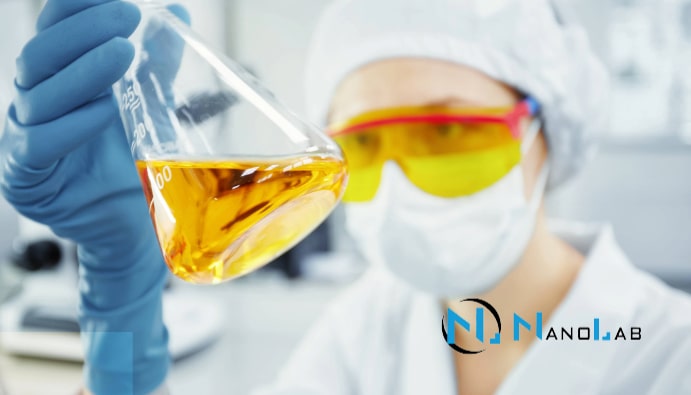
BLOG
KATEGORİDEKİ DİĞER YAZILAR

It can be defined as the capacity of a substance to dissolve in a certain amount of water at a certain temperature and to form a homogeneous solution. Water solubility of substances is important for understanding their environmental behavior and bioavailability.
The solubility of chemicals in water can be greatly affected by the presence of impurities. The OECD 105: Water Solubility guide includes the test method for determining the solubility in water of pure substances that are stable and non-volatile in water. Within the scope of the guideline, the test methods for substances with solubility below or above 102 g/l are respectively as follows:
Shake Flask Method:
Column Elution Method:
OECD 105: Determination of Water Solubility is suitable for substances with a water solubility below 0.1 mg/L. Since solubility is temperature dependent, solubility tests should be performed at a constant temperature, typically 20°C or 25°C. Deionized or distilled water should be used in the analysis process to avoid interference from impurities. To obtain accurate solubility values, ensure that the solution has reached equilibrium before sampling.
It may also be necessary to know the properties of the sample to be tested, such as structural formula, vapor pressure, dissociation constant and pH, before testing. It includes a simple preliminary test to determine the approximate appropriate amount of the sample as well as the time required to reach saturation before the final test at 20 ± 0.5 °C.
OECD 105: Water Solubility
For more information visit our website: https://www.nano-lab.com.tr/
You can follow us on LinkedIn for up-to-date news and posts about our services.
Follow our Instagram account to be informed about our latest blog posts.